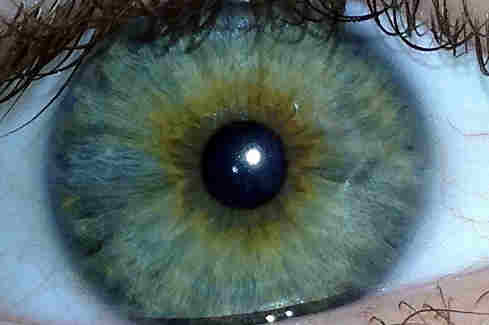Contact lens benefits myopes
Data from a study evaluating the use of a dual-focus myopia control 1-day soft contact lens shows this approach continues to substantially slow myopia progression and eye elongation among children continuing to wear the MiSight contact lens in year four.
Study data shows the significant impact of the contact lens management approach to slowing the progression of myopia (nearsightedness) in children, including those whose treatment begins later.
“Four-year results represent a landmark in slowing myopia progression. The treatment is continuing to work for children who have been wearing MiSight contact lenses for the entire study, and their axial length progression in this last year has slowed further,” said Paul Chamberlain, research director for Coopervision which makes the MiSight lens.
After year three, myopia progression slowed in children wearing the MiSight contact lens: 59% as measured by mean cycloplegic spherical equivalent (SE) and 52% as measured by mean axial elongation of the eye when compared to the children in the control group wearing a single vision 1-day contact lens. In year four, children in the original control group were refit with the myopia control lens, and then continued to be tracked separately. Use of the dual-focus contact lens — which has alternating visual correction and treatment zones — was effective in slowing myopia progression in both groups:
- There was a significant reduction in myopic progression for the previous single vision 1-day wearers, indicating the contact lenses are also effective when beginning myopia management at an older age.
- There were no significant differences between groups for change in spherical equivalent refractive error and axial length over 12 months.
- Axial length growth of 0.07mm in the MiSight group and 0.06mm in the previous control group, compared to 0.10mm seen in the MiSight group in year three, represents further myopia slowing as the children age.
- There were no significant differences in myopia progression rates for two demographically matched populations in their first versus fourth years of MiSight contact lens wear.
Researchers say the contact lens-based approach does not induce common side effects exhibited by some alternative pharmacological therapies.
“Though children benefit at whatever age the treatment is started, the sooner their myopia is managed with MiSight contact lenses, the more effect and benefit they receive in reducing final levels and the future risk of related vision impairment issues,” said Stuart Cockerill, CooperVision’s senior director, myopia management.



























